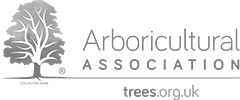Experienced
Qualified
Insured
Some tree features and risks cannot be accurately assessed from the ground. Aerial tree assessments allow arborists to investigate cavities, unions, upper canopies, and ecological features up close. Whether the purpose is risk management or habitat preservation, ArbCert’s AQF Level 5 consulting arborists provide clear, evidence-based assessments to support safe, responsible tree management.
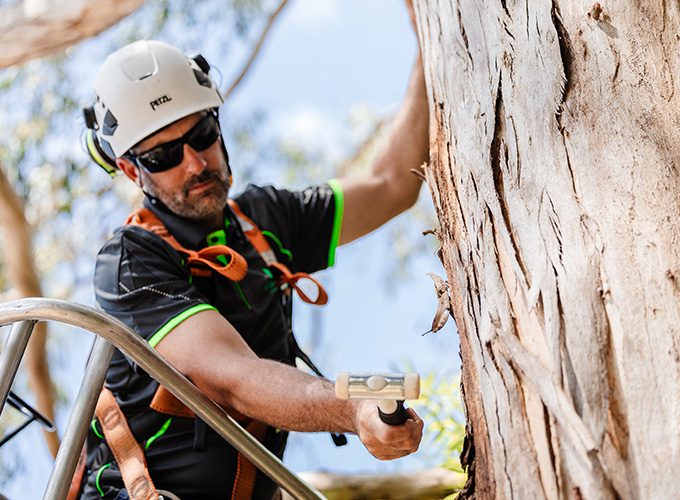
When potential defects such as cavities, deadwood, or weak unions are identified during ground-level inspections, an aerial assessment may be required to confirm their severity. Our arborists access the canopy by rope, Elevated Work Platform (EWP), or drone, depending on the situation.
Risk-based aerial inspections help to:
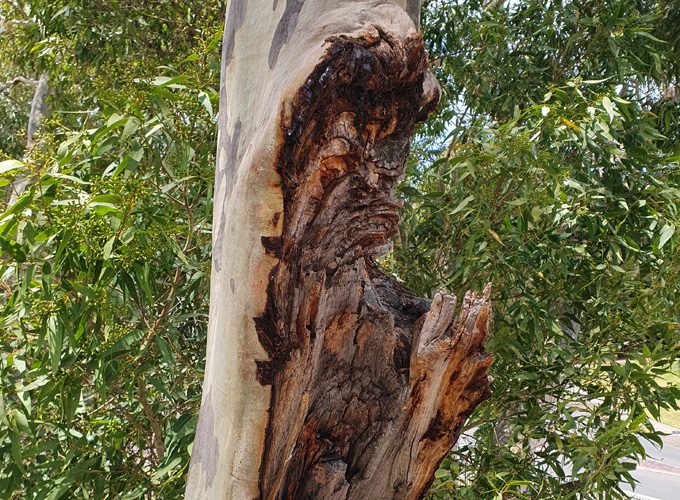
Hollows, nests, and habitat features are essential to many native species and must be properly assessed before any tree management works occur. ArbCert arborists conduct aerial inspections to locate and document ecological values within the canopy.
Our habitat-focused aerial assessments include:
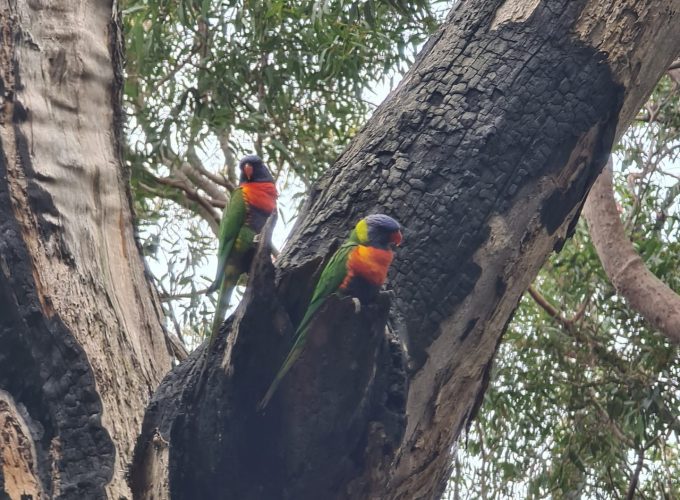
At ArbCert, our aerial tree assessments are carried out by AQF Level 5 or level 8 qualified consulting arborists with advanced aerial access skills and extensive field experience. We are equipped to conduct both aerial risk inspections and habitat surveys, ensuring a thorough understanding of tree condition, safety, and ecological value.
Our assessments provide:
Choosing ArbCert ensures your aerial tree assessment is accurate, safe, and defensible, giving you confidence in both tree risk management and environmental responsibility.
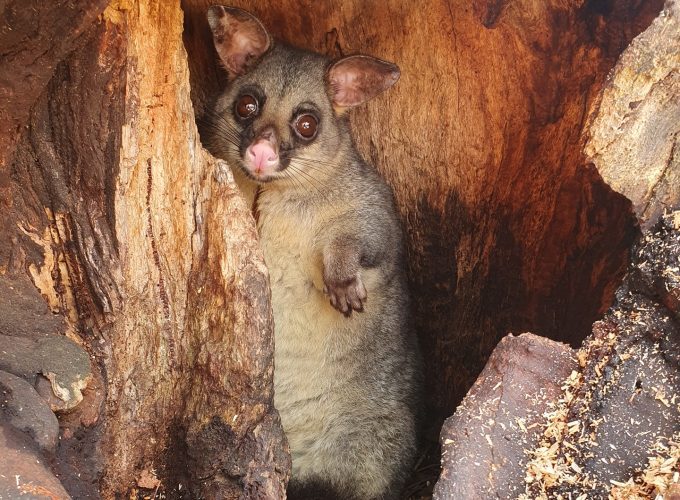
Need a professional aerial tree assessment for your site? ArbCert’s experienced arborists are trained in advanced climbing and aerial inspection techniques to assess tree structure, canopy condition, and defects that can’t be seen from the ground. Whether it’s for a single tree or a large-scale site, we provide accurate, detailed evaluations to inform safe and effective tree management.Contact ArbCert today to book your aerial tree assessment and get expert advice you can rely on.
Contact UsAn aerial tree assessment involves a qualified arborist physically entering the canopy using climbing techniques or an elevated work platform (EWP) to inspect structural features, defects, decay, canopy dieback, or wildlife habitat that cannot be reliably assessed from the ground.
Nest boxes should be inspected regularly to ensure they remain safe, secure, and suitable for fauna use. Inspections check for structural integrity, pest occupation (e.g. bees or mynas), occupancy signs, and appropriate placement and orientation.
The frequency depends on the species, location, and known defects, but for high-value trees or those with known issues, we recommend aerial inspections every 1–3 years, or following significant weather events.
We take a low-impact approach. If a nest or roosting animal is encountered, the inspection is modified or rescheduled to avoid disturbance, in line with relevant fauna protection legislation and best practice guidelines.
All inspections are carried out by qualified and experienced arborists with Working at Heights certification. Our team includes arborists trained in fauna management and habitat assessment.

Our team includes AQF Level 5 and AQF Level 8 consulting arborists with extensive industry experience. We bring a high level of technical knowledge to every assessment, ensuring our advice is credible, defensible, and aligned with best practice.

We deliver clear, accurate reports that meet council planning requirements and Australian Standards. From early-stage assessments to detailed impact reports, our work supports confident, informed decision-making.

As a small team, we value strong working relationships and direct communication. You’ll work with experienced arborists who understand your project and are committed to providing reliable, practical guidance every step of the way.


